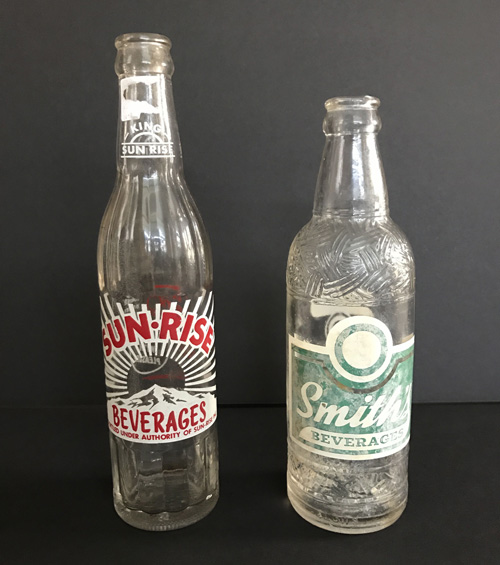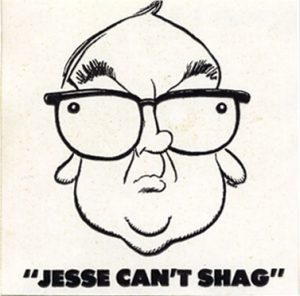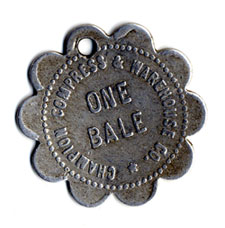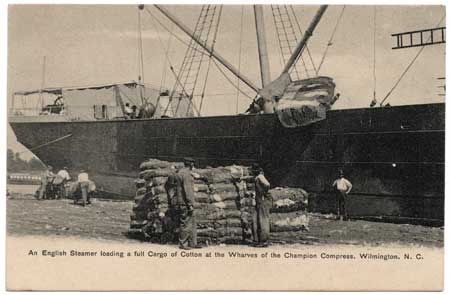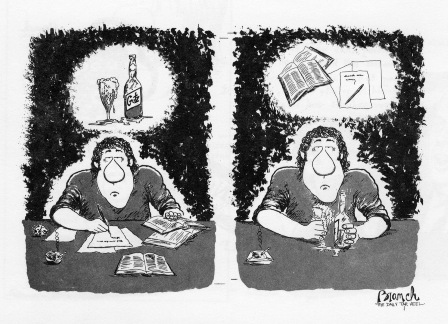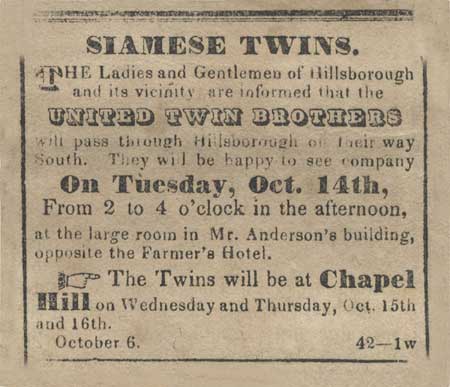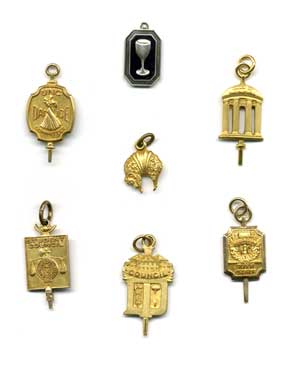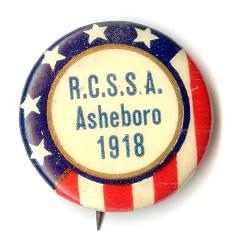Walter Raleigh, a man of many talents and accomplishments, distinguished himself as a soldier, historian, poet, businessman, and politician. As an explorer, he helped set the stage for English colonization of the New World.
He was not, however, renowned for his facility with a paint brush.
Days before the 400th anniversary of his death this October 29, historians discovered a wall painting under layers of peeling paint in the Tower of London’s Bloody Tower, where Raleigh was once confined. This loosely painted sketch features a man wearing a laurel wreath. A self-portrait? Historic Royal Palaces staff believe the painting dates to the early seventeenth century, the period in which Raleigh was incarcerated in the Bloody Tower. See https://www.foxnews.com/science/sir-walter-raleighs-self-portrait-may-have-been-discovered-in-the-tower-of-london
In addition to sharing the painting with the public, the Tower has also opened a special “Lost Garden” to commemorate the anniversary of Raleigh’s death. This is one of several worldwide remembrances, including one at the North Carolina State Capitol on Saturday, October 27.
To learn more about the multifaceted Raleigh, visit the North Carolina Collection Gallery’s newest exhibition, Sir Walter Uncloaked: The Man, the Myths, the Legacy, on view through January 31, 2019.


